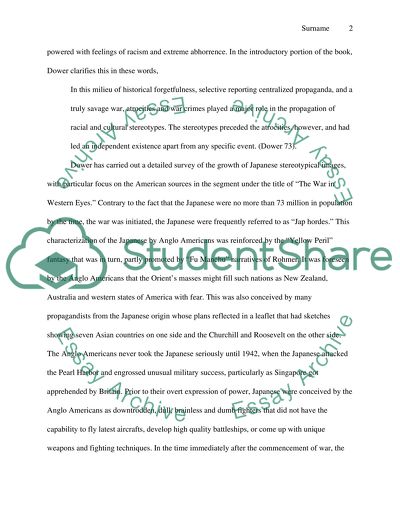Cite this document
(“War without Mercy by John W. Dower Essay Example | Topics and Well Written Essays - 1500 words”, n.d.)
Retrieved from https://studentshare.org/literature/1406021-war-without-mercy-by-john-w-dower
Retrieved from https://studentshare.org/literature/1406021-war-without-mercy-by-john-w-dower
(War Without Mercy by John W. Dower Essay Example | Topics and Well Written Essays - 1500 Words)
https://studentshare.org/literature/1406021-war-without-mercy-by-john-w-dower.
https://studentshare.org/literature/1406021-war-without-mercy-by-john-w-dower.
“War Without Mercy by John W. Dower Essay Example | Topics and Well Written Essays - 1500 Words”, n.d. https://studentshare.org/literature/1406021-war-without-mercy-by-john-w-dower.


